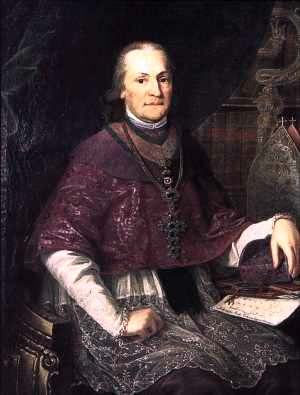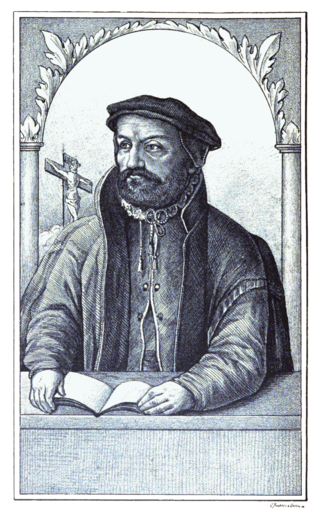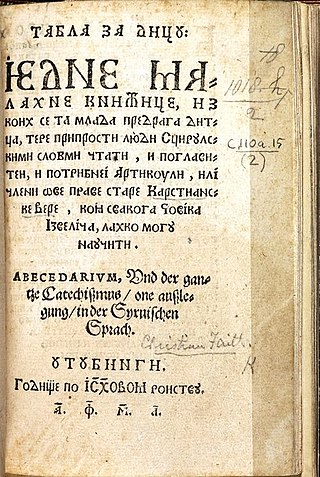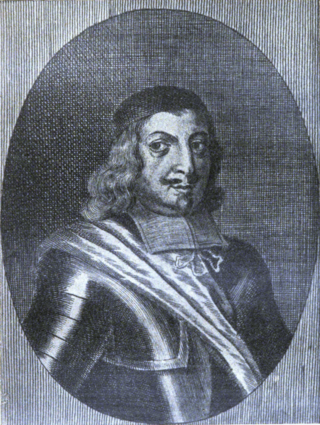
The Glagolitic script is the oldest known Slavic alphabet. It is generally agreed that it was created in the 9th century for the purpose of translating liturgical texts into Old Church Slavonic by Saint Cyril, a monk from Thessalonica. He and his brother Saint Methodius were sent by the Byzantine Emperor Michael III in 863 to Great Moravia to spread Christianity there. After the deaths of Cyril and Methodius, their disciples were expelled and they moved to the First Bulgarian Empire instead. The Cyrillic alphabet, which developed gradually in the Preslav Literary School by Greek alphabet scribes who incorporated some Glagolitic letters, gradually replaced Glagolitic in that region. Glagolitic remained in use alongside Latin in the Kingdom of Croatia and alongside Cyrillic until the 14th century in the Second Bulgarian Empire and the Serbian Empire, and later mainly for cryptographic purposes.

Kajkavian is a South Slavic supradialect or language spoken primarily by Croats in much of Central Croatia and Gorski Kotar.

Matija Antun Relković was Habsburg military officer and a Croatian writer.

The Illyrian movement was a pan-South-Slavic cultural and political campaign with roots in the early modern period, and revived by a group of young Croatian intellectuals during the first half of the 19th century, around the years of 1835–1863. This movement aimed to create a Croatian national establishment in Austria-Hungary through linguistic and ethnic unity, and through it lay the foundation for cultural and linguistic unification of all South Slavs under the revived umbrella term Illyrian.

Bartol Kašić was a Croatian Jesuit clergyman and grammarian during the Counter-Reformation, who wrote the first Illyrian grammar and translated the Bible and the Roman Rite into Illyrian.

Maksimilijan Vrhovac was the bishop of Zagreb. He was one of the ideological architects of the Croatian national revival, and is notable for founding the Maksimir Park in 1787, one of the first major public parks in Southeast Europe. Vrhovac was a member of the Freemasons.
Matija Petar Katančić was a Croatian writer, professor of aesthetics and archaeology, lexicographer, and numismatist.

There have been many Coptic versions of the Bible, including some of the earliest translations into any language. Several different versions were made in the ancient world, with different editions of the Old and New Testament in five of the dialects of Coptic: Bohairic (northern), Fayyumic, Sahidic (southern), Akhmimic and Mesokemic (middle). Biblical books were translated from the Alexandrian Greek version.
Josip Hamm was a Croatian Slavist best known for his research on Old Church Slavonic language and literature.
Eduard Hercigonja was a Croatian philologist, Croatist and literary historian. University professor and a member of the Croatian Academy of Sciences and Arts, he authored several fundamental works on medieval Croatian literature and culture.
Croatian literature refers to literary works attributed to the medieval and modern culture of the Croats, Croatia, and Croatian. Besides the modern language whose shape and orthography were standardized in the late 19th century, it also covers the oldest works produced within the modern borders of Croatia, written in Church Slavonic and Medieval Latin, as well as vernacular works written in Čakavian and Kajkavian dialects.

Bible translations into Serbian started to appear in fragments in the 11th century. Efforts to make a complete translation started in the 16th century. The first published complete translations were made in the 19th century.
The first New Testament in Prekmurje Slovene appeared in 1771: the Nouvi Zákon of István Küzmics. This was distinct from Bible translations into Slovene, such as that of Miklós Küzmics.

Stipan/Stjepan Konzul Istranin, or Stephanus Consul, was a 16th-century Croatian Protestant reformator who authored and translated religious books to Čakavian dialect. Istranin was the most important Croatian Protestant writer.

The South Slavic Bible Institute was established in Urach in January 1561 by Baron Hans von Ungnad, who was its owner and patron. Ungnad was supported by Christoph, Duke of Württemberg, who allowed Ungnad to use his castle of Amandenhof near Urach as a seat of this institute.

Antun Aleksandrović Dalmatin was 16th century Croatian translator and publisher of Protestant liturgical books.

Hans von Ungnad (1493–1564) was 16th-century Habsburg nobleman who was best known as founder of the South Slavic Bible Institute established to publish Protestant books translated to South Slavic languages.
Matija Popović was 16th-century Serbian Orthodox priest from Ottoman Bosnia. Popović was printer in the South Slavic Bible Institute.
Juraj Juričić, was a Croatian Protestant preacher and translator. Born in Croatia, Juričić translated and wrote in German, Slovenian and Croatian. In his Slovenian translations there are many elements of Croatian.

Electoral district I is one of twelve electoral districts of the Croatian Parliament.











